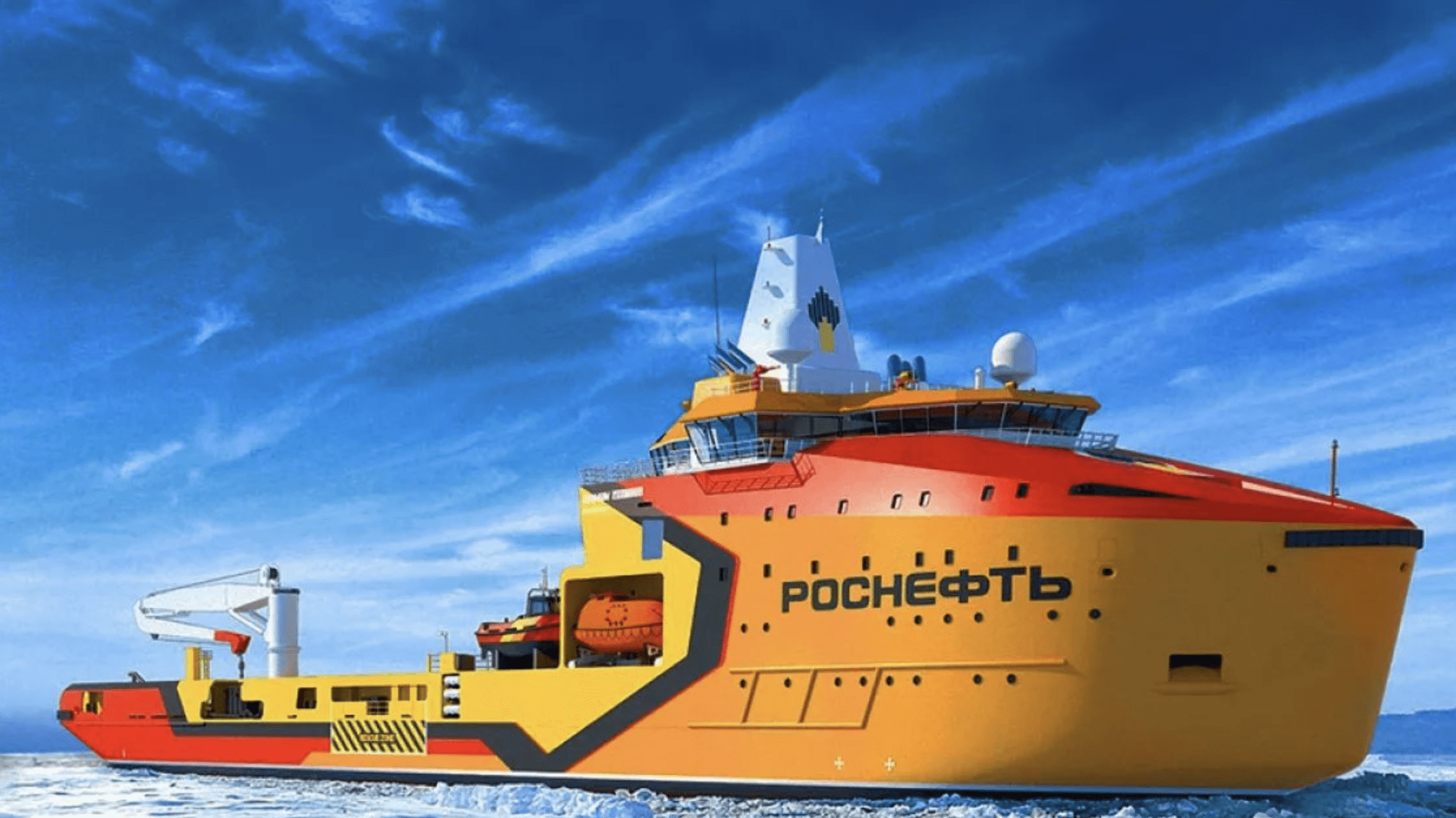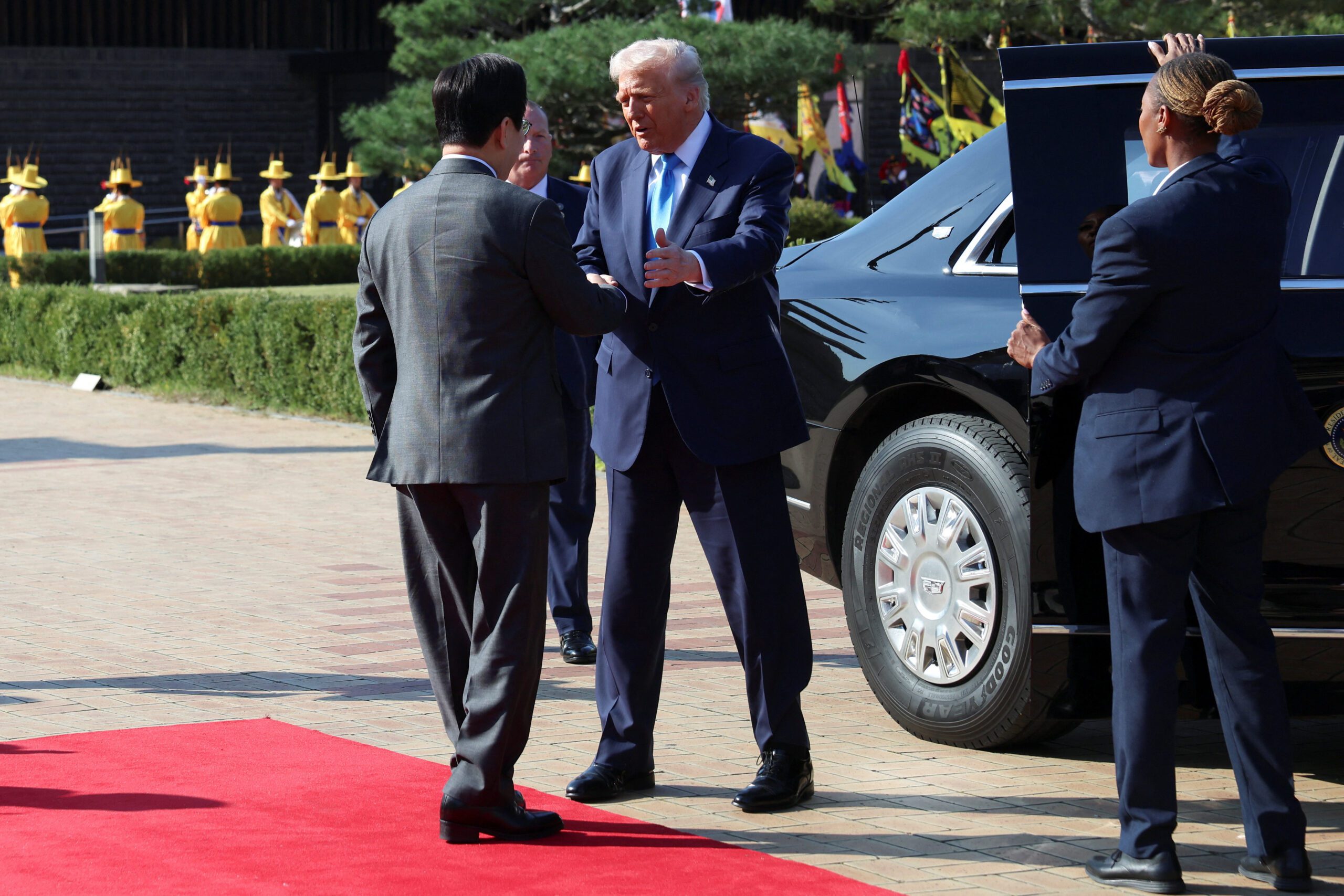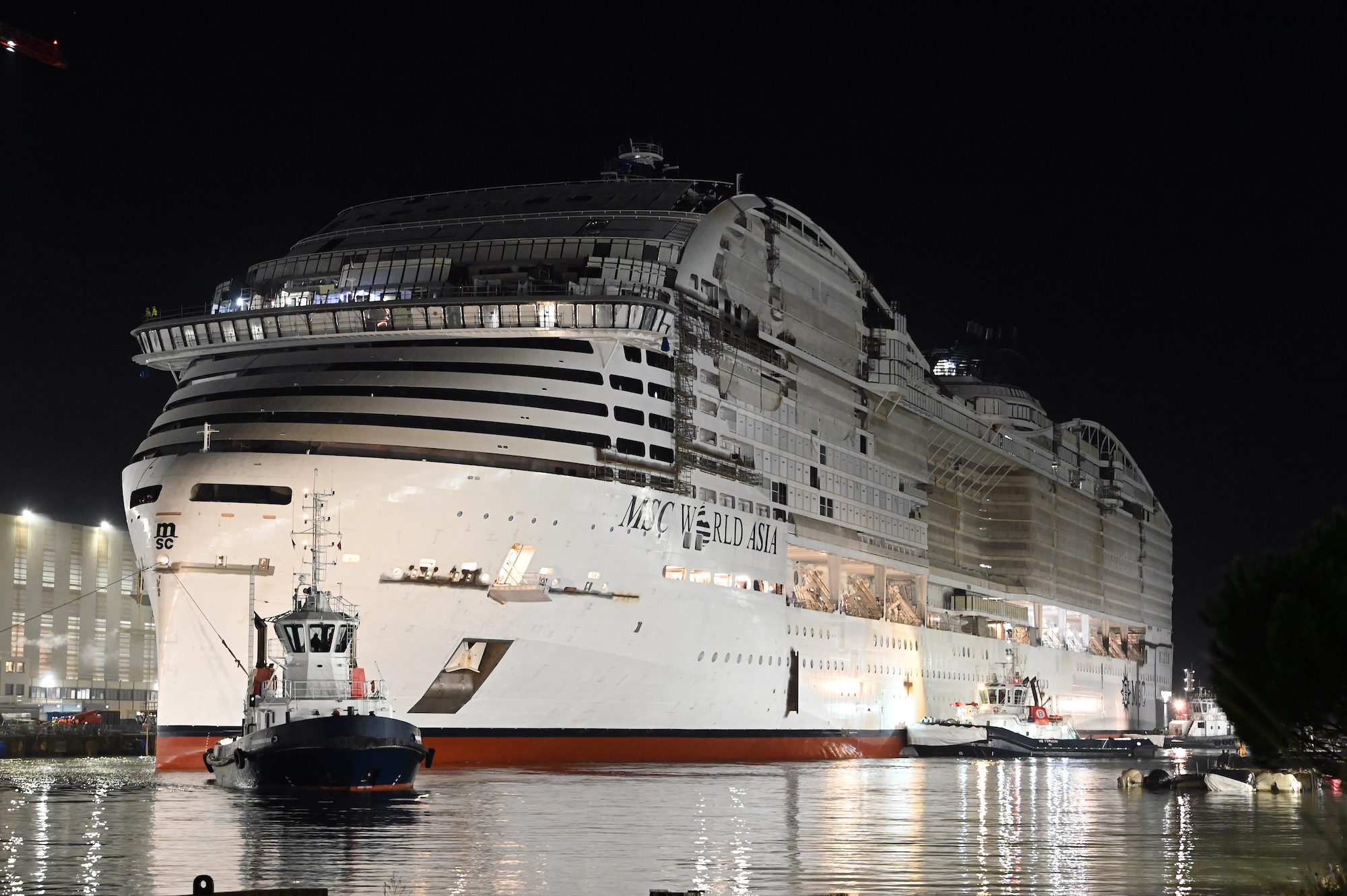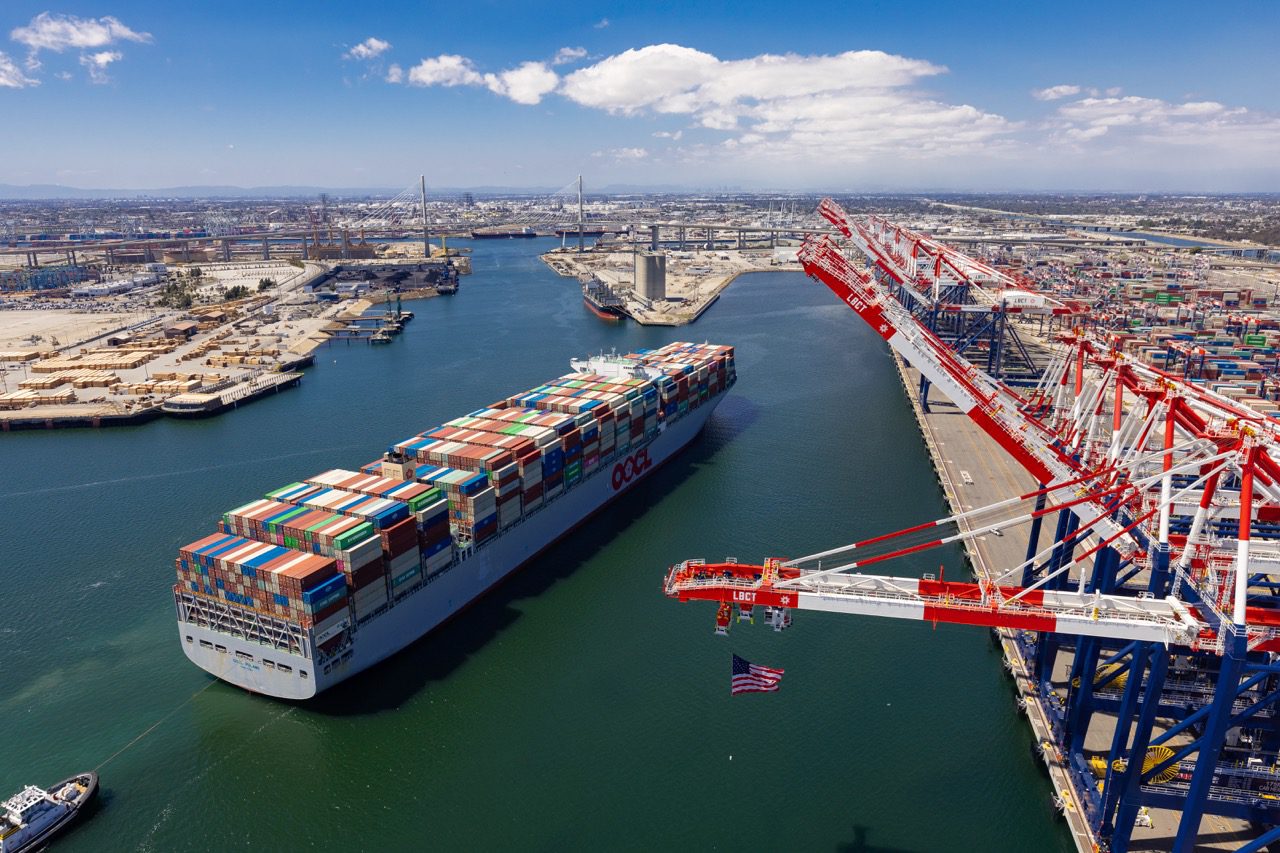The European Commission awarded close to $50 million to Finland supporting construction of its new Baltic Sea class B icebreaker. The new vessel is intended to replace aging icebreaking capacity with procurement expected for fall 2025, construction starting in early 2026, and entry into service by 2029.
The EU funding supports critical transport infrastructure projects part of the Trans-European Transport Network.
“We applied for EU funding for critical infrastructure – and we got it. Especially the funding secured for the new icebreaker and main road 21 will both strengthen Finland’s security of supply and military mobility and facilitate foreign trade,” says Finland’s Minister of Transport and Communications Lulu Ranne.
The vessel’s development is spearheaded by Finnish icebreaker engineering firm Aker Arctic. The company’s engineering team completed initial design efforts evaluating different fuel options and propulsion configurations. Following model tests in early fall the Aker expects to deliver the final design packages.
The news continues the recent trend of increasing development and construction of icebreakers. Last week the U.S. Coast Guard received close to $9 billion in long-awaited funding for new heavy and medium-sized icebreakers. The allocation puts the Coast Guard on a path to potentially triple the size of its icebreaker fleet over the next decade.
South Korean shipbuilder Hanwha is also looking to leverage its expertise in constructing ice-breaking vessels, including the country’s newest ice-classs research vessel. The company built 21 high ice-class Arc7 LNG carriers for Russia’s Yamal and Arctic LNG 2 energy projects. With at least a half dozen new U.S. icebreakers now fully funded engineering firms and yards in Finland and South Korea may vie for a piece of the pie.
Expansion of icebreaker capacity also continues in Russia. Over the weekend the country’s latest icebreaker, the Icebreaker 7 ice-class Katerina Velikaya (Catherine the Great) began sea trials last week, according to its AIS transponder signal.
Constructed by the Zvezda shipyard in the country’s Far East, the vessel suffered an onboard fire last year, delaying its commissioning. The icebreaking offshore supply ship was ordered by Russia’s oil major Rosneft nearly 10 years ago in September 2015. It was originally intended to enter into service by 2019, but launch and buildout have faced continuous delays even prior to the fire.
The 106 meter-long icebreaker is designed to break up to 1.5 meters of ice. The company has ordered four icebreakers of the type to supply offshore drilling platforms during winter and provide icebreaking services.

 Join The Club
Join The Club











